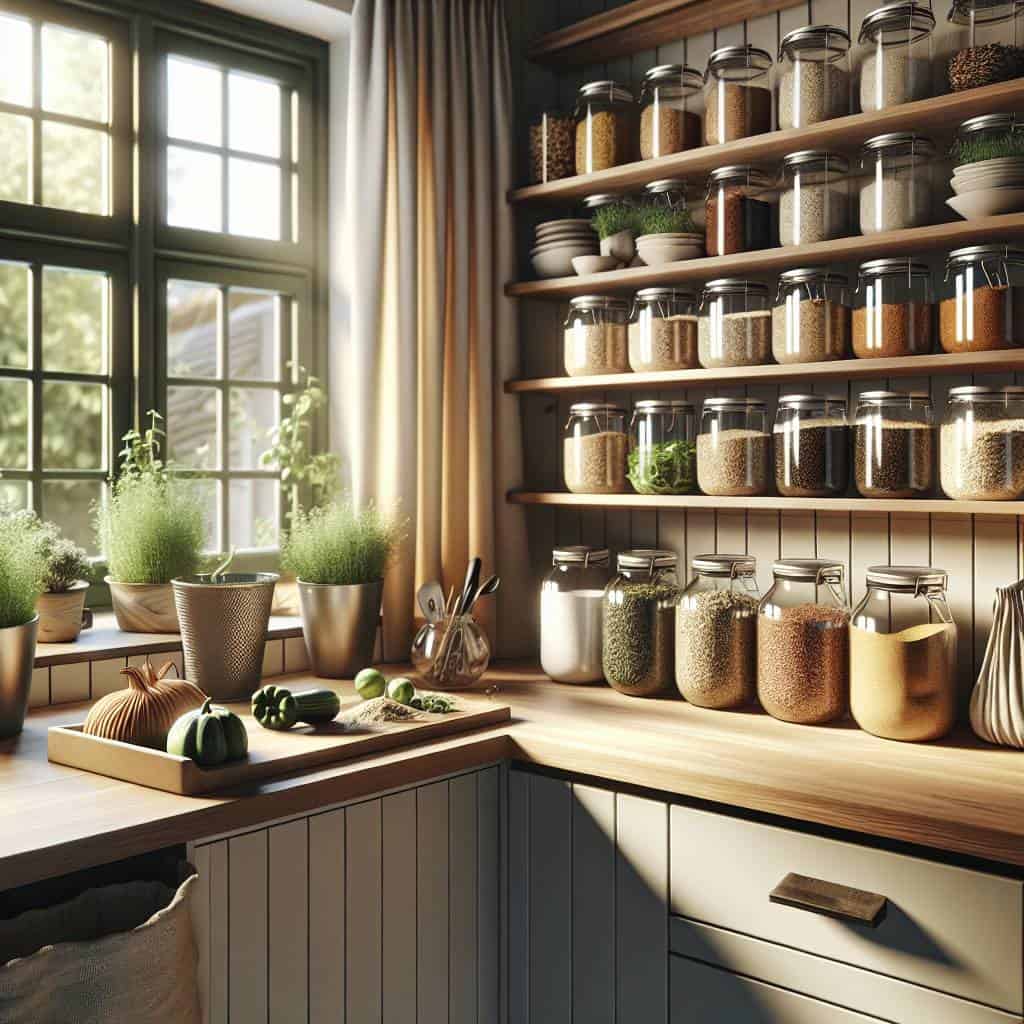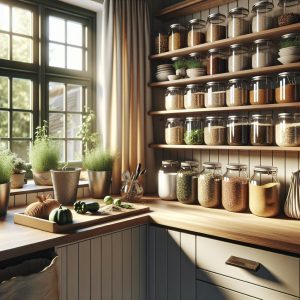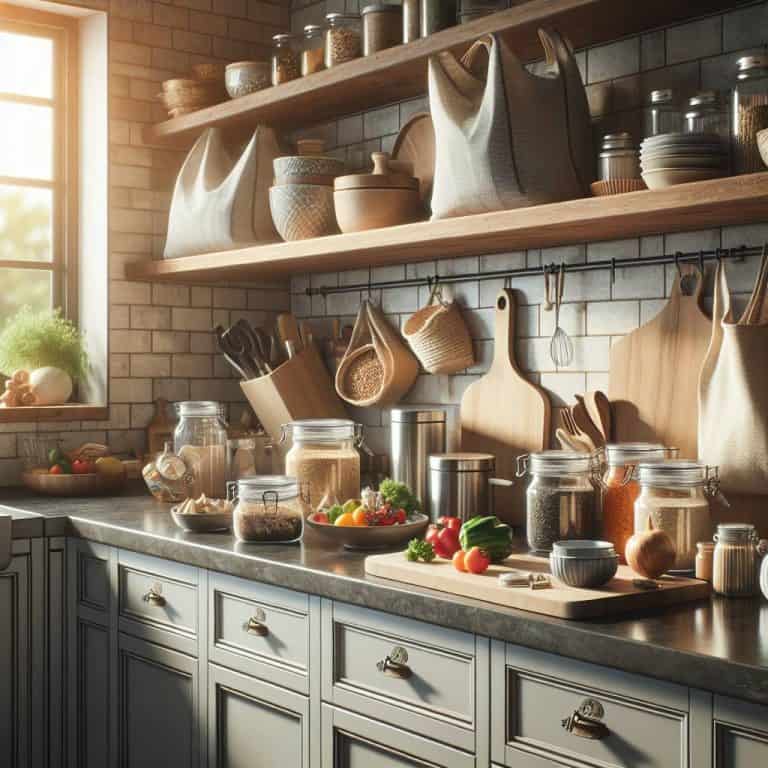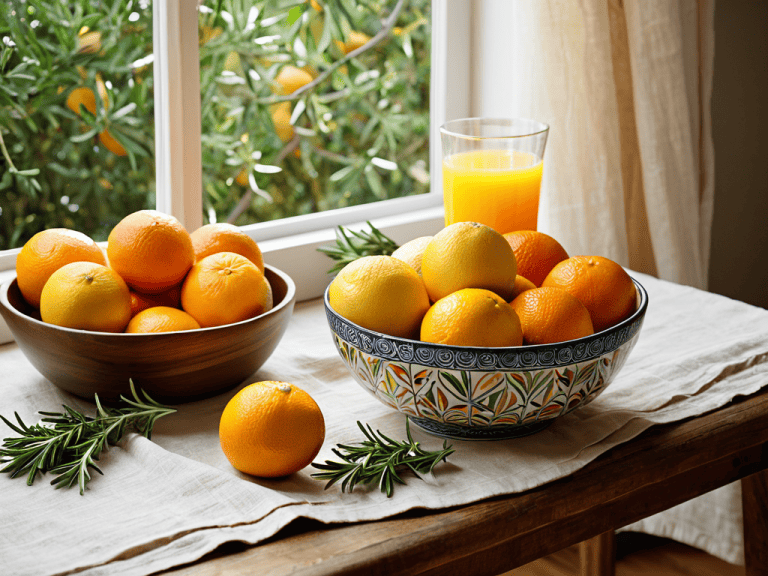I once stood in the kitchen, staring at my trash bin like it was a black hole, swallowing any hope of ever going zero-waste. Mentally ticking off every single-use plastic and scrap I’d tossed, I felt the weight of my eco-sins. Seriously, is it just me, or does the idea of a zero-waste kitchen feel like signing up for a new religion? One where the high priests are smug Instagram influencers with perfectly organized pantries. But I digress. My first attempt at cutting down waste ended with me clutching a reusable shopping bag like a talisman, hoping it would somehow absolve my past sins. Spoiler: it didn’t. If you’ve ever found yourself knee-deep in overwhelm, wondering if you’re doomed to a life of eco-guilt, you’re in good company.

But here’s the thing—I discovered that the journey to a zero-waste kitchen doesn’t have to feel like climbing Everest. It can start small, with easy swaps that don’t require a PhD in sustainability. In this article, we’ll navigate the maze of composting in apartments, regrowing vegetables from scraps, and even concocting DIY cleaners that won’t make your home smell like a chemistry lab. Think of it as a guide to reclaiming your kitchen from the clutches of waste, one step at a time. Together, we’ll sift through the noise and find tangible, bite-sized changes that won’t send you spiraling into despair. Let’s get started, shall we?
Table of Contents
The Art of Not Losing Your Mind While Regrowing Vegetables from Scraps
Here’s the deal: regrowing vegetables from scraps sounds like those DIY projects that promise Zen but secretly laugh at you as you drown in the chaos of your kitchen counter. I get it. It’s supposed to be simple—just plonk those scallion roots in a jar of water, and voilà, a mini farm on your windowsill. But then reality hits, and that jar of water starts to resemble a science experiment gone rogue. Enter the art of maintaining sanity. First, remember that this isn’t about perfection; it’s about progress. You’re not aiming to replace your grocery store entirely but to dabble in a bit of botanical magic. Start with the low-maintenance superstars: scallions, celery, and romaine lettuce—all of which are as forgiving as they come.
As you embark on this journey, embrace the messiness of it all. Your kitchen might look like a botanical version of Frankenstein’s lab, but that’s okay. It’s about making small changes that stack up, like using veggie scraps that would otherwise end up in the trash. This isn’t just about growing food; it’s about nurturing a mindset that values sustainability over convenience. And when those first green shoots appear, it’s a small victory against the backdrop of a world that glorifies waste. So, let’s swap the overwhelm for a sense of adventure. A zero-waste kitchen isn’t built in a day, but with a little patience—and maybe a few deep breaths—you’ll find it’s not just about regrowing vegetables. It’s about rediscovering the beauty in what we often overlook.
Navigating the Zero-Waste Maze
Embrace the chaos of a zero-waste kitchen by making one simple swap at a time. Start with regrowing vegetables from scraps or concocting your own cleaners—small actions that won’t drown you in eco-guilt but will steer you toward change.
The Zero-Waste Symphony: Striking the Right Chord
This zero-waste kitchen journey feels a little like learning to play an instrument. At first, the notes are all over the place, clattering like pots and pans in a chaotic kitchen orchestra. But then, slowly, you start to find the rhythm. You realize that regrowing veggies from scraps isn’t just a science experiment; it’s a delightful rebellion against waste. Each celery stalk sprouting anew is a small victory, a testament to the harmony you’re crafting between convenience and conscience.
And as for those DIY cleaners? They might not be the fragrant, fluorescent concoctions lining store shelves, but they carry a secret satisfaction. There’s a quiet triumph in knowing exactly what’s in that spray bottle, a blend of vinegar and citrus peels that whispers of freshness rather than shouting of chemicals. So here we are, navigating this sea of swaps and composting, making peace with imperfection. Because at the end of the day, it’s not about achieving a flawless zero-waste kitchen; it’s about making meaningful strides in a world that desperately needs them.











